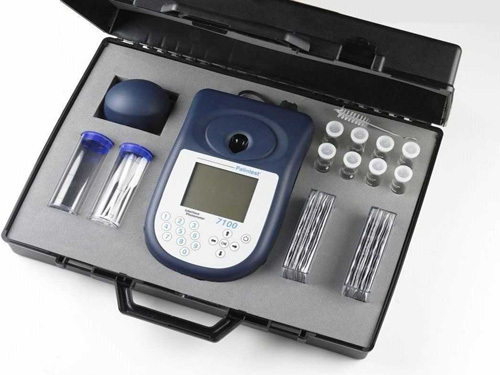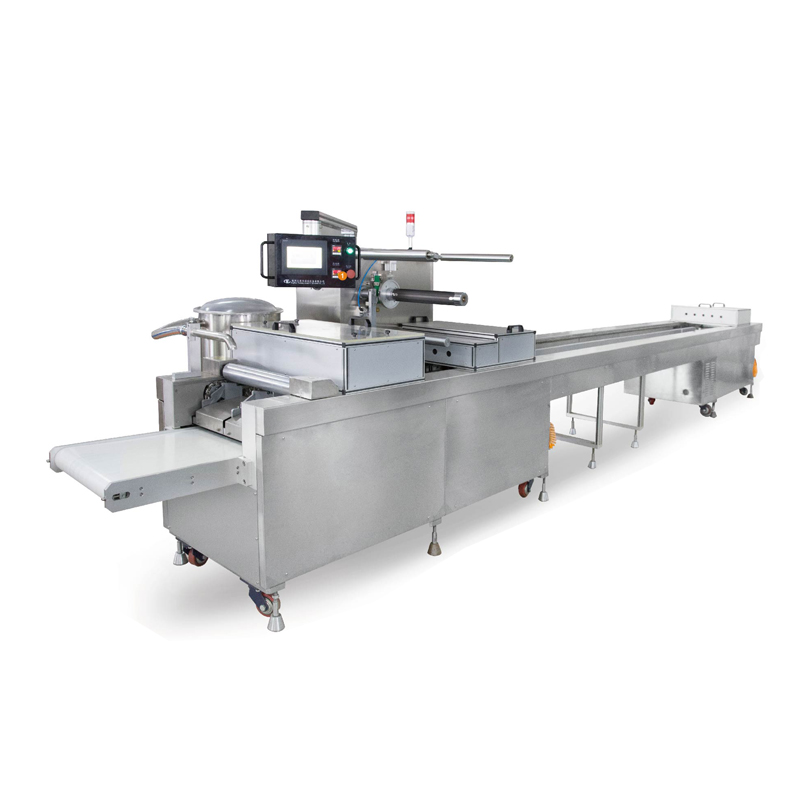
A major pollution prevention and control plan with a total investment of over RMB 2 trillion, the "Water Pollution Prevention Action Plan" (referred to as "Water Ten"), is about to be fully implemented. The resulting positive news from the environmental protection industry such as water quality monitoring has attracted a large number of companies to flock to the market that has calmed down. The domestic market for water quality monitoring has been floating for many years. For companies that only make small profits, it is a sum of money. But for the ancestors of this field, this is the battlefield for which they have struggled for a lifetime.
On September 23, 2014, at the 25th China International Surveying and Control Instrumentation Exhibition (formerly the Multinational Instrument Exhibition), we had the privilege of interviewing the predecessors of the domestic water quality automatic monitoring system, Lihe Technology (Hunan) Co., Ltd. ( The following is abbreviated as "Liu He Technology", the assistant to General Manager Wen Liqun, tells us about their battle.
Domestic environmental monitoring instruments and meters market, from no one received more than ten years ago to today's unprecedentedly hot, the first person to experience this process as a personal experience must be deeply touched, can you briefly introduce the development of more than a decade?
Wen Liqun: We were founded in 1997 and we participated in the construction of the online monitoring system for pollutants in the country's energy conservation and emission reduction system. That is, the construction of an automatic water quality monitoring system for pollution sources. After more than a decade of development, this system has been gradually applied to the field of surface water monitoring in China. Our main business is an automatic water quality monitoring system. We currently use large-scale water stations built with our own R&D equipment, and there are nearly 300 in China. During the construction of these water stations, we have continuously researched and improved the system. Now, the automatic water quality monitoring system that we are working on can measure 86 items of national surface water environmental quality standards. This data is currently the highest in China. At the same time, our company's business has also covered the whole country. There are 53 service points in each place and more than 200 operators and after-sales service personnel. The sales performance in these years is very satisfactory.
The new technologies such as the Internet of Things and big data have brought new directions to industrial development. How do you understand the current state of the industry in water quality monitoring?
Wen Liqun: We have been monitoring water quality in China for more than a decade. We feel that the pressure on environmental management is gradually increasing. Monitoring the quality change of the environment requires a large amount of data to support it. This is big data, but the detection index and frequency of the traditional environmental monitoring laboratory can no longer meet the current requirements. In addition, sudden pollution incidents in recent years, such as news in places such as Lanzhou, Jinjiang and Wuhan, were first discovered by the public. In this process, the application of an automatic water quality monitoring system is very necessary. Over the past few years, it is relatively gratifying that domestic monitoring equipment for water stations has gradually achieved localization, but we believe there are still many problems.
First, the corresponding detection indicators of the water quality monitoring system must meet the requirements for the monitoring of characteristic pollutants in the river reaches of the local area. The conventional environmental monitoring system for surface water environment quality has seven indicators, including potassium permanganate index, ammonia nitrogen, and routine five parameters. However, the recent sudden pollution incidents are caused by characteristic pollutants. It can be seen that the previously established automatic detection monitoring system has not kept up with the current requirements. Therefore, it is necessary to implement multi-parameter monitoring on existing water stations and use modular design to enhance the monitoring capabilities of the instrument.
Second, automatic monitoring of data quality control. To do a lot of data analysis applications, the accuracy of the data must be guaranteed. In recent years, we have done a lot of adjustments and supplements to the water quality monitoring system, ranging from instrumentation to system integration and back-end platform applications. We have used a variety of methods to ensure the accuracy of data from multiple aspects and to perform real-time diagnosis of the system.
Third, the intelligent upgrade of the system. We designed two ways to change the original operation mode of the traditional water station: to adjust the abnormality and failure data generated by the original water quality monitoring, adjust the operation mode of the monitoring system, make the system's operation intelligent, verify the accuracy of the data, and implement water quality monitoring. Remote operation and remote management of the system.
Fourth, strengthen data analysis and application of water stations. The construction of a water station is coordinated by multiple departments, including the water conservancy department, the Ministry of Construction, and the Ministry of Environmental Protection. All the data of these departments should be fully utilized to form a relationship from the pollution source to the downstream environmental quality change. analysis. Taking into account the comprehensive nature of the Internet of Things, we expect that such data can be further shared and a more comprehensive data platform can be constructed through comprehensive analysis to meet the requirements of current environmental management.
Our automatic blister Packing Machine is a kind of Syringe Packing Machine. It can also be adopted to pack other medical disposable consumables like infusion set and applied in any industry that need the paper-plastic or plastic-plastic packing. Other optional equipment for this blister packing equipment can be offered if need, HP ink jet coder to print date and lot number on the blister paper during packing, auto syringe and needle loader to save you much labor for packing.
Technical Parameter:
Name: Blister Packaging Machine
Max Packing Width: 300mm, 400mm, 460mm, 480mm, 540mm
Min Packing Width: 19mm
Max Packing Length: 60mm
Working Cycle: 4-6s
Voltage: 3x380V+N+E/50 HZ

FAQ:
1. Are you a manufacturer?
Yes, we are the professional manufacturer set up in 1992, located at a beautiful town of Zhejiang Province.
2. Can you provide the oversea service?
Yes, after the machines arrive at your factory, we will arrange engineers go to install the machine and train your operators.
3. Can we visit your factory?
Of course. We highly welcome clients come to visit our factory. It will be our great honor to meet you.
4. How can you guarantee the quality?
100% qualified products before the delivery. The clients can inspect the products at our factory.
1 year warranty ( failure caused by machine quality ) from the equipment arrive at the client`s factory. Lifetime maintenance and offer for the spare parts.
Blister Packing Machine
Blister Packaging Machine,Automatic Blister Packing Machine,Blister Packaging Equipment,Blister Machine
Yuhuan Zhengri Technology Co., Ltd. , http://www.syringemachine.com